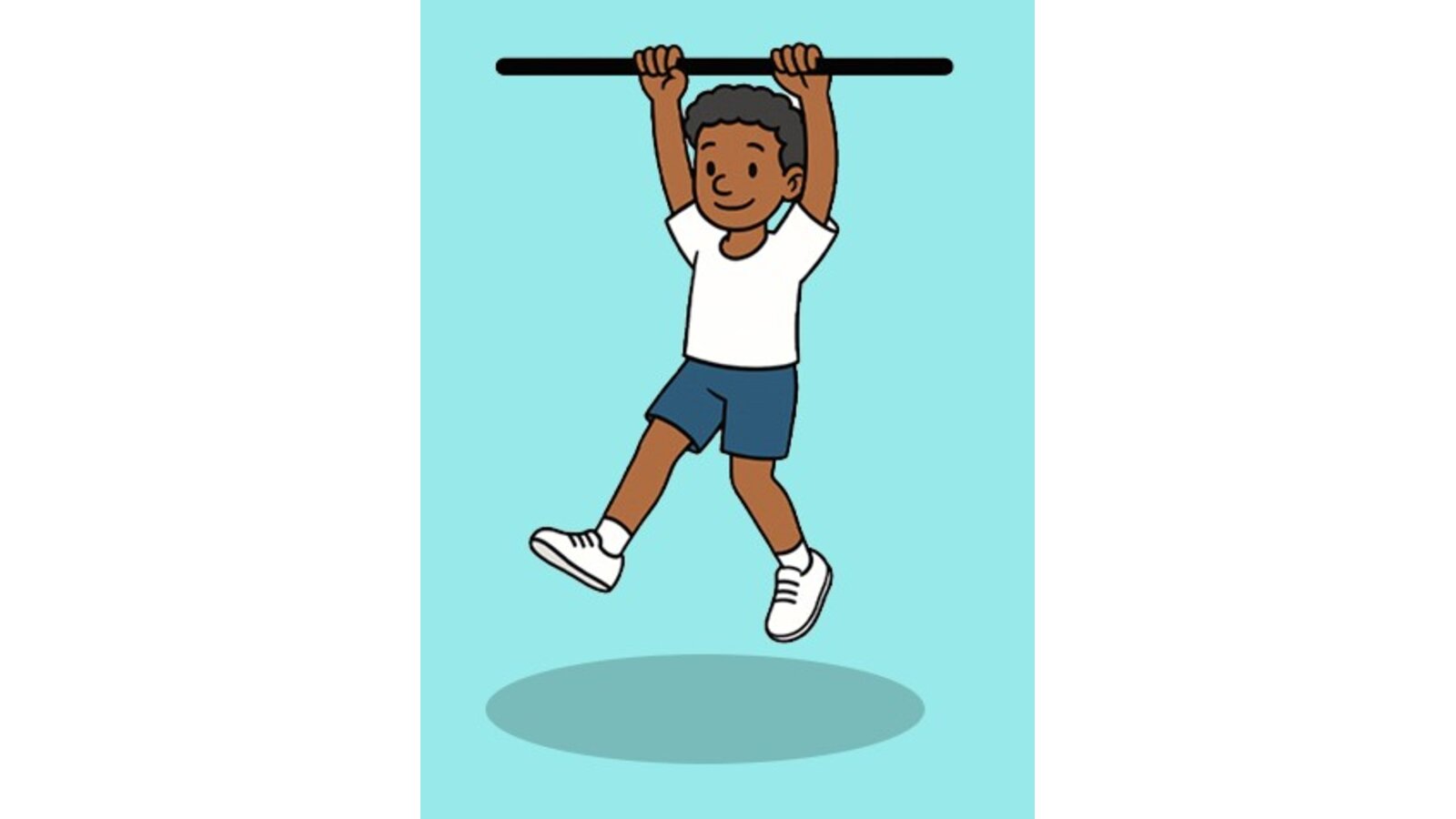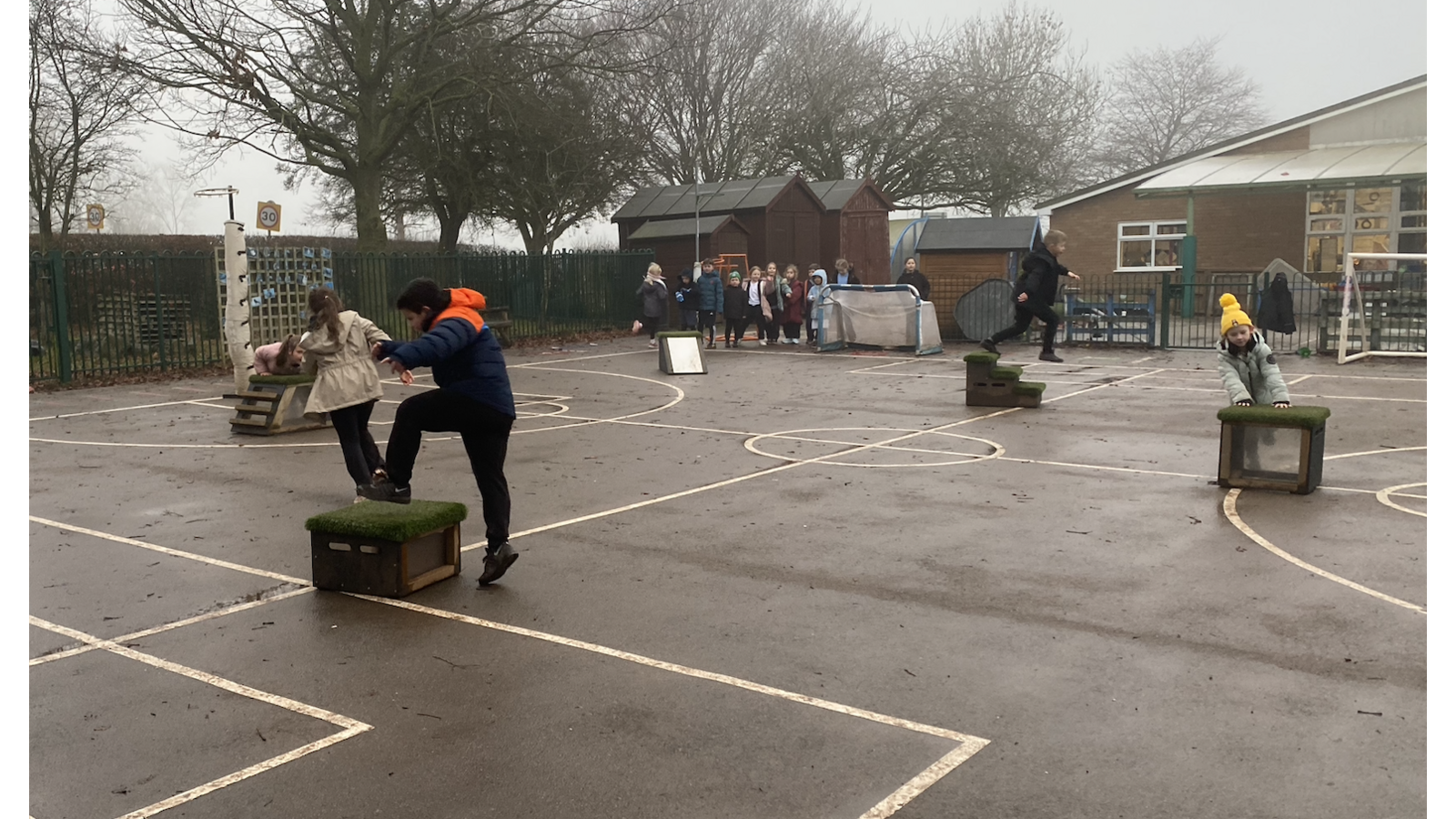Welcome to Hedgehogs Class!
Hedgehogs class is looked after by two teachers, Mrs Shaw and Mrs Rose. In the morning the class comprises of year one and two pupils working on core curriculum subjects. Year three then join them in the afternoon for topic lessons. All the staff working with the children ensure every child has the opportunity to grow and develop to enable them to achieve their full potential. There is a friendly atmosphere, enthusiastic learners and we encourage children to be an active part of our school community. We even have a class pet, a leopard gecko called Curly who likes to come out and say hello.
In Class 2, to help support our teaching of spelling, we set assignments on Spelling Shed on a Friday for Y2. Spelling Shed is a game-based tool that can be used at home to boost children’s confidence in spelling. Children enjoy playing the games and practise their spellings in a fun, interactive way. Your child has been given their login information and they can access Spelling Shed online here: https://play.edshed.com/en-gb/login. The website can be accessed using a computer, phone or tablet; as ever, please do carefully supervise your child when they use the internet.
In Year 2, we work through a one year programme which you can find below:

Spelling Shed Parent Guide
In Year One, spelling rules are taught through the Monster phonics programme. Throughout the programme, children learn to spell words by segmenting them into phonemes. Segmenting is breaking words down into individual sounds, effectively the opposite to blending. For example, shark we break down into 3 sounds sh-ar-k. Children will learn common spelling rules as set out in the KS1 spelling curriculum and the opportunity to learn to spell common exception words.
The importance of reading in Year 1and Year 2
Reading plays a crucial role in the development of pupils in Year 1 and Year 2, laying the foundation for their academic success and lifelong learning. At this stage, children are developing their fluency skills through the teaching of phonics. The skills they build during these years are essential for understanding texts, expanding their vocabulary, and deepening their comprehension of the world around them. Reading for pleasure has a high profile in our school and we actively encourage the children to explore the types of text that they enjoy and share with others. Children have the opportunity to choose a reading for pleasure book from our reading cabin each week.
Below you will find the books we will be reading in class and a suggested wider reading list :
Class texts for our writing lessons in Spring are:






We use White Rose Maths planning and resources to ensure that our maths lessons meet all national curriculum guidelines in a fun, inclusive and age-appropriate way. All our material is designed to support primary children as they have fun with maths, exploring everything from times tables and number bonds to money and multiplication.
Our topics for the Spring term are as follows:

See below for the some useful links:
Topmarks Education - lots of interactive maths games
In Class 2, the homework takes a number of different forms. We have weekly homework, which includes reading (at least three times a week), spellings (set on Spelling Shed) and Numbots (online number facts) or TTRockstars (online times tables). You can find the login details for each of these online platforms in the front of your child's reading diary. In addition to these weekly tasks, Class 2 also have a termly menu of homework tasks which are based on our topics each half term.
Please find Autumn homework below:
Class 2 have started their new PE unit today, which is Parkour! We have worked on controlled jumps, agility and simple vaults.
Class 2 have been learning about Advent and as part of their learning they created their own advent wreaths. The children also had to think about the following questions:
What are you hopeful for?
What brings you peace?
How do you show love towards others?
What are you joyful about?
Glockenspiels
Class 2 have really enjoyed using the new glockenspiels that the PFTA have kindly paid for.
Smoothies
Class 2 are really enjoying their DT topic this term.
This week we practised how to prepare different fruits. Have a look at what we did!
FIRST WEEK BACK!
The children have been a pleasure to welcome back this week. They look very smart, happy and ready to start a new year! They have particularly enjoyed exploring our new reading tent.
Photograph Frames
Check out our fabulous photograph frames!
We spent time learning how to make a strong and stable structure before designing and making our own frames.

Class 2 have had a great time during art week! We have looked closely at the Bayeux Tapestry taking note of different patterns, colour, lines and shapes. We then looked at the artist Henri Matisse and his ‘cut-outs’ period. This inspired us to create our own cut out artwork based on the Bayeux Tapestry.
Have a sneak peak at our planning and practise pieces. We can’t wait to show you our final pieces at the art exhibition after school next Wednesday 25th June!
Minibeasts and microhabitats
Today we went to the church yard to learn all about minibeasts and their habitats. We started the morning off learning about the different trees we could find and used a tape measure to work out how old the biggest trees were. We found one tree that was 148 years old! Next, we used the nets to sweep up bugs that were living in the long glass and bushes. After, we designed nature book marks and continued our search for minibeasts.
Bee Active
Today we had a fantastic session with Jamie from Bee Active and showed our skills as gladiators in the arena.
Windmills
We had great fun making our final product!
We learnt that we needed a wide base to make our windmills stable and using a triangle shape helped to make our structure sturdy.
Have a look at some of our great designs.
Stafford Castle
Class 2 had a fantastic trip to Stafford Castle today. We enjoyed learning lots of interesting facts about the castle including when it was built and who lived there. We learnt some new vocabulary for the features of a castle and even got to re-enact the Battle of Hastings! The children loved dressing up and holding some weapons that they would have used in battle.
Windmills
The children were tasked with making sails for a windmill. They had different materials to use and different techniques to try. The children worked collaboratively and had to be critical thinkers when trying to solve problems. They all worked incredibly hard and were very pleased with the working sails they produced.
You can see some of their fantastic ideas below.
Computing
For our computing this term we have been making digital music. Using the Chrome Music Lab the children have been exploring rhythm. We have linked this to our science topic of animals. Today the children have made a rhythm to match different animals.
This is a free website and can be accessed via: Chrome Music Lab
CURLY
Last week our class pet, Curly the leopard gecko, came out to say hello just before we went home. It's not very often he's awake in the daytime so we took the opportunity to allow all the children to say hello and stroke him if they wanted to. Curly is a wriggler at times, but the children are all very gentle with him and enjoy seeing him out and about. We learn a lot about his lifestyle including what he eats and how often he sheds his skin. Some of us are even lucky enough to watch him hunt and catch a cricket or a locust. We also give him waxworms as a treat.
World Book Day 2025
On Thursday 6th March we celebrated World Book Day. The children all looked fabulous dressed as their favourite character from a book. We took part in the BBC Live Lesson and the Big Live Read.
ART
How can we be inspired by our environment?
The children enjoyed the sunshine today and went outside to explore the world around them. They used found materials to create various pictures, patterns and sculptures. They learnt that they might not have an initial plan, but can develop an idea overtime as they continue to experiment with and explore different compositions.
Below is a slideshow of some of their creations.
This afternoon we had a workshop over zoom from Anita who talked to us about Florence Nightingale and Mary Seacole. We watched some videos and saw some Victorian objects that Florence and Mary would have used.
In science we are learning about the human body. The children have enjoyed labelling parts of the body, looking at baby pictures and talking about the human life cycle. In our science lesson today we investigated the question: Does the oldest child in the school have the biggest feet?
The children enjoyed going around the different classes and measuring using blocks and cm. We were surprised with the results!
This week the children have enjoyed learning all about different types of mechanisms. They learnt about the importance of a pivot and the impact the position of the pivot has on the movement of the lever. Some of us even learnt about the difference between a fixed and loose pivot by exploring a lever and linkage. At the end of the topic the children created their own moving picture. Please see below for a slideshow of their work.
On Friday 6th December Class 2 had a visit from Alison who is from Youth Net. She went through the Christmas story and the children enjoyed dressing up as some of the characters and playing a number of games. Alison kindly gave all the children a book to take home with them entitled ‘The Night Before Christmas.’
The children have thoroughly enjoyed their art topic this term - 3D sculptures Making Birds. We have made observational drawings of different birds and their feathers as well as experimenting with different ways to manipulate paper
We had the pleasure of welcoming Ame Austin Seven to our school as part of our History topic on transport in the past. Mr Cheadle came to speak to the children about his car that dates back to 1933. The children thoroughly enjoyed sitting in the car and honking the horn.
We were able to have lots of discussions about how the car worked and we identified lots of similarities and differences between it and modern cars.






